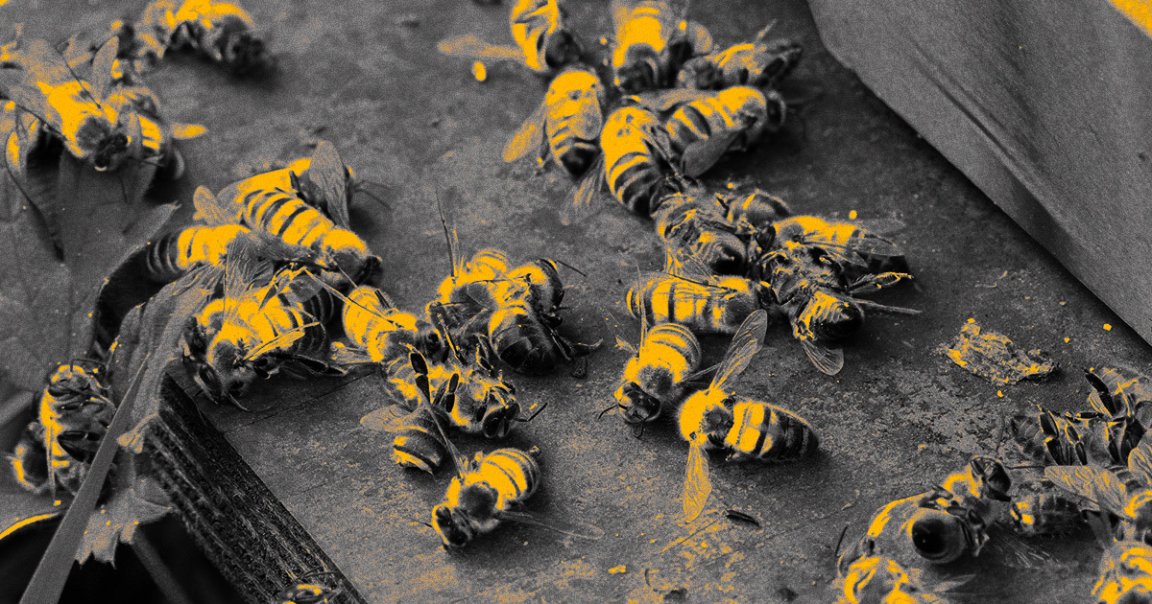
Not Good
It’s not exactly news that bee populations have been suffering, especially those that live in or nearby human-populated areas.
But according to a new long-term study, published in the journal Current Biology, even pollinators that live in remote, human-free forests, away from humans and aren’t directly exposed to harmful behaviors like chemical pesticide use and habitat destruction, are disappearing in pretty horrifying numbers — yet another troubling sign that our much-needed pollinators are disappearing at alarming rates.
Bees, as The Bee Conservancy puts it, “lie at the heart of our survival.” Human agricultural processes rely on these precious pollinators, which play a critical role in growing the crops that we and our livestock eat; they play a similarly critical role in natural food systems, too.
In short, if we lose bees, we lose a lot of plants, which means that we lose a lot of animals, habitats, and crops in turn. Not good.
The 15-year study, which concluded last year, closely tracked bee and butterfly populations in three different remote, forested areas in northern Georgia’s Oconee National Forest.
After analyzing the data, the researchers were able to conclude that roughly 62.5 percent of the original bee population was lost, while butterfly populations shrank by a similarly shocking 57.6 percent.
The number of bee species dropped too, with the area losing 39 percent of its species biodiversity.
“Our results suggest,” the study’s authors warn, “that sharp declines in pollinators may not be limited to areas experiencing direct anthropogenic disturbances.”
Pollination Assassination
Though there’s no clear-cut explanation for why these remote populations are shrinking, the researchers did present a few hypotheticals. For instance, the presence of invasive species, notably an invasive wood-nesting ant, may be damaging to the area’s carpenter bee population.
Perhaps unsurprisingly, the researchers listed “increasing minimum temperatures” — in other words, climate change — as the other likely culprit for the pollinators’ troubling plight. And considering that we don’t exactly have that problem under control, it’s hard to see a scenario where the bees and butterflies of the region recover in significant numbers, at least not in the short term.
It is worth noting that above-ground nesting bees fared worse than below-ground nesters, though all populations, as noted by the researchers, showed a sharp decline.
Again, it’s not surprising news — but for the worst of reasons.
READ MORE: Bee and butterfly numbers are falling, even in undisturbed forests [Science.org]